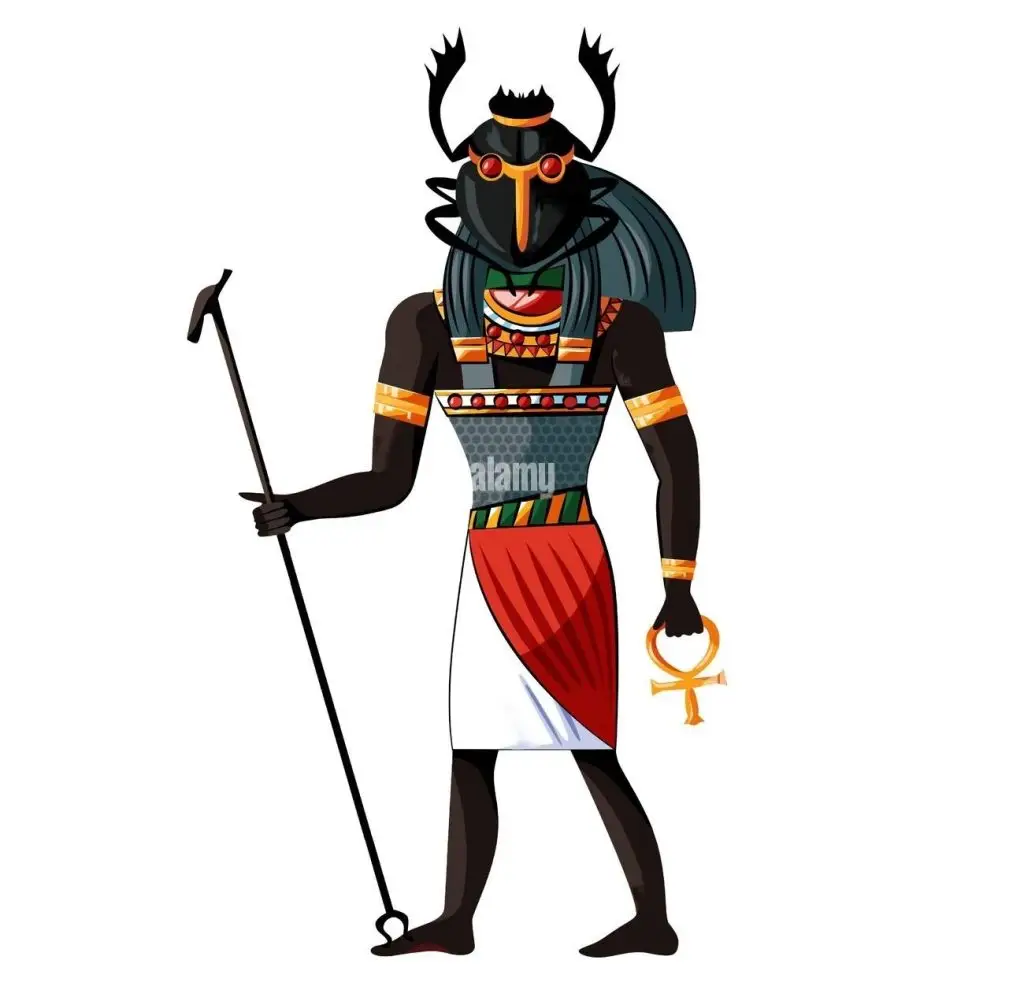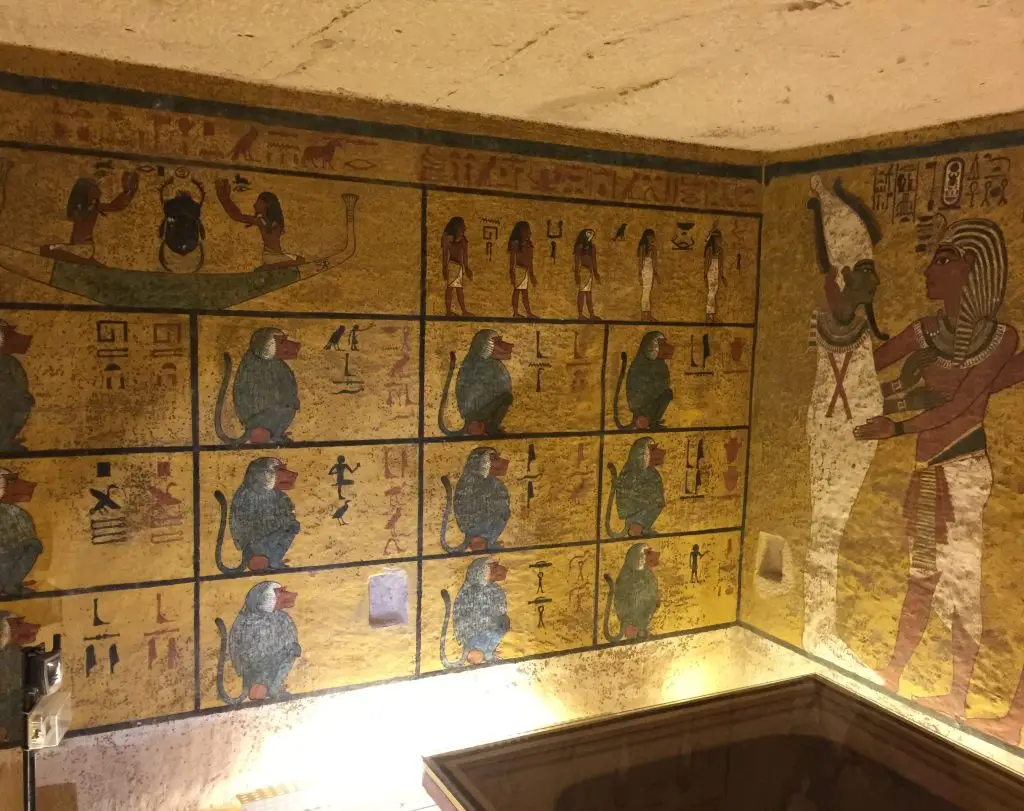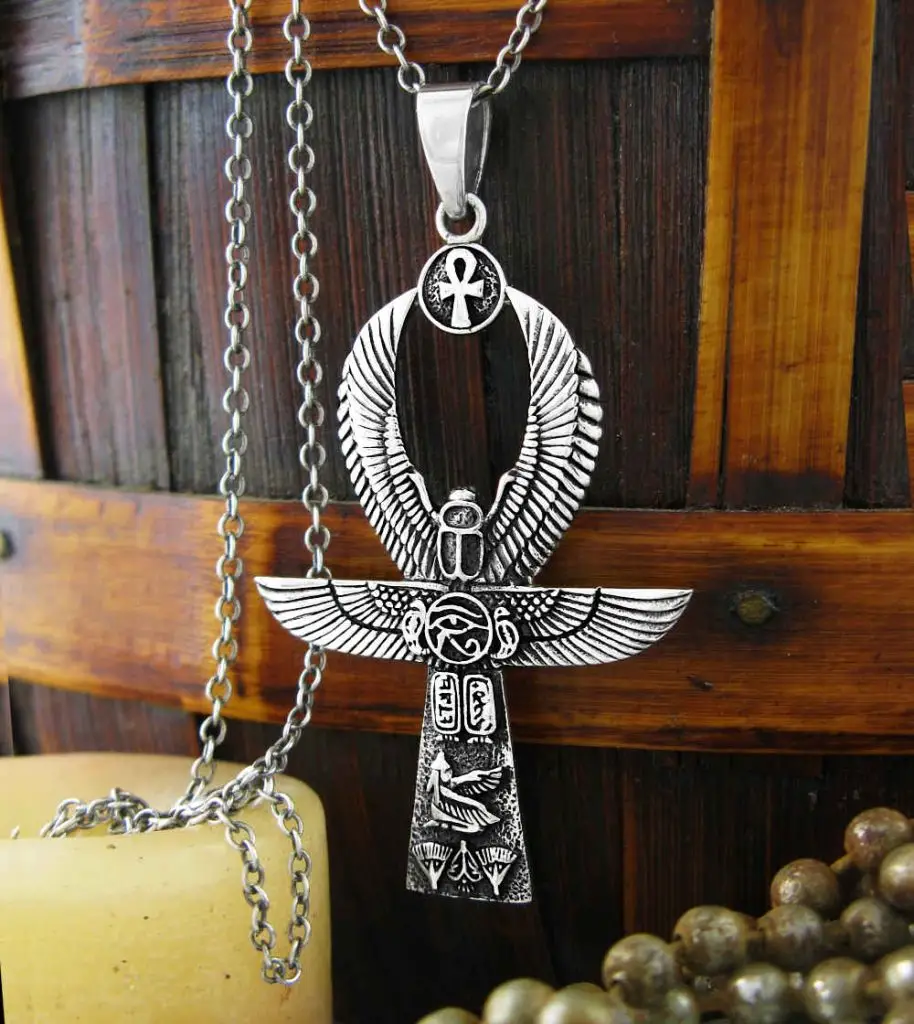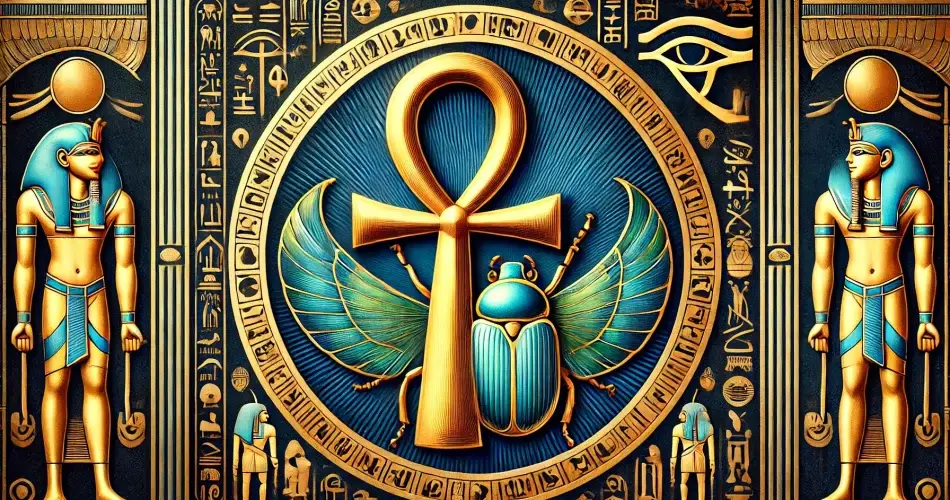Ancient Egypt is a treasure trove of fascinating symbols and artefacts that have captivated history enthusiasts, art lovers, and spiritual seekers alike. Among these symbols, the Ankh and the Scarab stand out for their profound meaning, cultural significance and rich historical background.
This blog post takes you on a deep dive into the mythological origins, symbolism, and contemporary uses of these ancient icons.
Mythological Origins of the Ankh and Scarab

The Ankh and Scarab are some of the most popular symbols in ancient Egypt. According to Egyptian mythology, the Ankh is the symbol of life and is believed to be used by the gods of the afterlife to revitalize the dead. Anubis is believed to place the symbol on the lips of a dead person to open the soul to a new life after death. The Ankh is also associated with Isis, the Egyptian goddess of healing, fertility and magic.
Like the Ankh, the Scarab is also a symbol of resurrection and rebirth in ancient Egyptian mythology. According to the myths, the god Khepri was reincarnated as a dung beetle, and like the dung beetle, he rolls the sun across the sky every day. His daily movement of the sun was seen as a process of constant renewal and rebirth, mirroring the beetle’s actions. Khepri, whose name means “He Who is Coming into Being,” was thus associated with the morning sun and the idea of continual creation and regeneration.
Ankh and Scarab in Ancient Egypt
The Ankh and Scarab were very important symbols in ancient Egyptian life. It served as symbols with deep religious significance and as practical objects in daily life and death rituals.
In daily life
The Ankh and the Scarab were a popular motif in jewellery; they were worn by both men and women as armlets and incorporated into jewellery to provide good luck and protection to the wearer. The potential power of these amulets was determined by the material, shape, colour or spell used to produce it. Although the most popular amulet used in ancient Egypt was the Scarab, the Ankh was believed to represent a union of male and female fertility and was placed around the house to imbibe life and vitality into everyday objects.
During the Middle Kingdom period, Scarab-shaped seals were used to stamp documents and as official scroll seals. The flat underside of the Scarab was often engraved with names, titles, or prayers, serving both a practical and administrative function.
The Ankh and Scarab in Religion and Funeral Rites.

The significant presence of the Ankh and Scarab in many ancient Egyptian tombs that have been explored indicates the important role these symbols played in burial rituals and religion. Amlets containing these ancient symbols were buried with the deceased. Also, the caskets and sarcophagi were ornamented with these symbols as a promise of rebirth and new life to the dead. In the tomb of King Tuthanumen, several hand-held mirrors designed in the shape of the Ankh were found.
Egyptian gods and goddesses are also depicted with the Ankh and Scarab. For example, depictions of the god Khepri often show him with the head of the Scarab. The Association of these symbols with gods and goddesses illustrates Egyptian beliefs in their control over life, death, fertility, and rebirth.
Christian Adoption of the Ankh
As Christianity began to spread into Egypt during the early centuries of the Common Era, the Ankh’s iconic form found a new resonance within this emerging religious context. The Coptic Christians, who were among the first Christian communities in Egypt, saw the Ankh as a visual and symbolic bridge to their ancient heritage. To them, the Ankh bore a striking resemblance to the Christian cross, which symbolized the crucifixion and resurrection of Jesus Christ, central tenets of the Christian faith.
The Ankh’s adoption into Christian symbolism was both a pragmatic and a theological adaptation. Pragmatically, it allowed early Egyptian Christians to maintain a connection with their cultural and religious past while embracing their new faith. It appeared in church decorations, manuscripts, and personal adornments, often merging with the traditional Christian cross. This blending of symbols is evident in the “crux ansata,” where the loop of the Ankh is combined with the crossbar, creating a powerful emblem of life, death, and resurrection.
What is the Ankh and Scarab used for today?

Today, the Ankh and the Scarab are often used together as symbols that encapsulate a blend of ancient Egyptian beliefs and modern spiritual or cultural significance. With its distinctive looped cross shape, the Ankh continues to represent life, immortality, and spiritual wisdom. It is frequently worn as a pendant or amulet, signifying a connection to ancient traditions and a desire for protection and eternal life.
When used together, the Ankh and the Scarab create a powerful combination of symbols that resonate with themes of life, protection, and transformation. This duo is often seen in jewellery, artwork, and spiritual practices. Many people use these symbols together to create a sense of balance and harmony in their lives, drawing on the Ankh’s promise of eternal life and the Scarab’s message of constant renewal and protection.
In modern spiritual and metaphysical communities, the Ankh and Scarab are used in meditation and rituals to enhance spiritual growth and transformation. They serve as focal points for intentions, helping individuals connect with ancient wisdom and invoke the protective and transformative energies these symbols represent.
